America has plowed, developed and otherwise destroyed or degraded vast expanses of native prairie. For generations prairies were seen as deficient in their lack of trees and dangerous in their flammability. On moving from Michigan to Nebraska J. Sterling Morton was so distressed by the paucity of trees that in 1870 he called forth “a grand army of husbandmen … to battle against the timberless prairies.” Two years later he founded Arbor Day.
At least we’re no longer anti-prairie. But Chris Helzer, The Nature Conservancy’s science director for Nebraska, offers this: “People just don’t think about prairies as natural areas. They tend to think about forests and rivers and mountains, especially when they’re looking for recreational opportunities. Getting people to recognize prairies as attractive, interesting and valuable is a big challenge.”
Neil Shook manages the Chase Lake National Wildlife Refuge in central North Dakota. Part of his job is educating people about where trees don’t belong. He’s learned to talk first and cut later. Shortly he’ll be holding public meetings to explain why the refuge needs to lose a stand of beloved, highly invasive caragana native to Siberia.
Environmentalists visiting this refuge and other prairie preserves are often appalled to encounter cattle. But prairie vegetation evolved with grazing. Bison, elk, prairie dogs and a host of other herbivores consumed forage, creating diversity of vegetation to which other species adapted. When Shook took me to a section cowless for half a century we encountered spongy duff rank with weeds. But on grazed sections we found firm, rich soil pushing prairie natives. The only thing wrong with cattle grazing is that it sometimes isn’t done right.
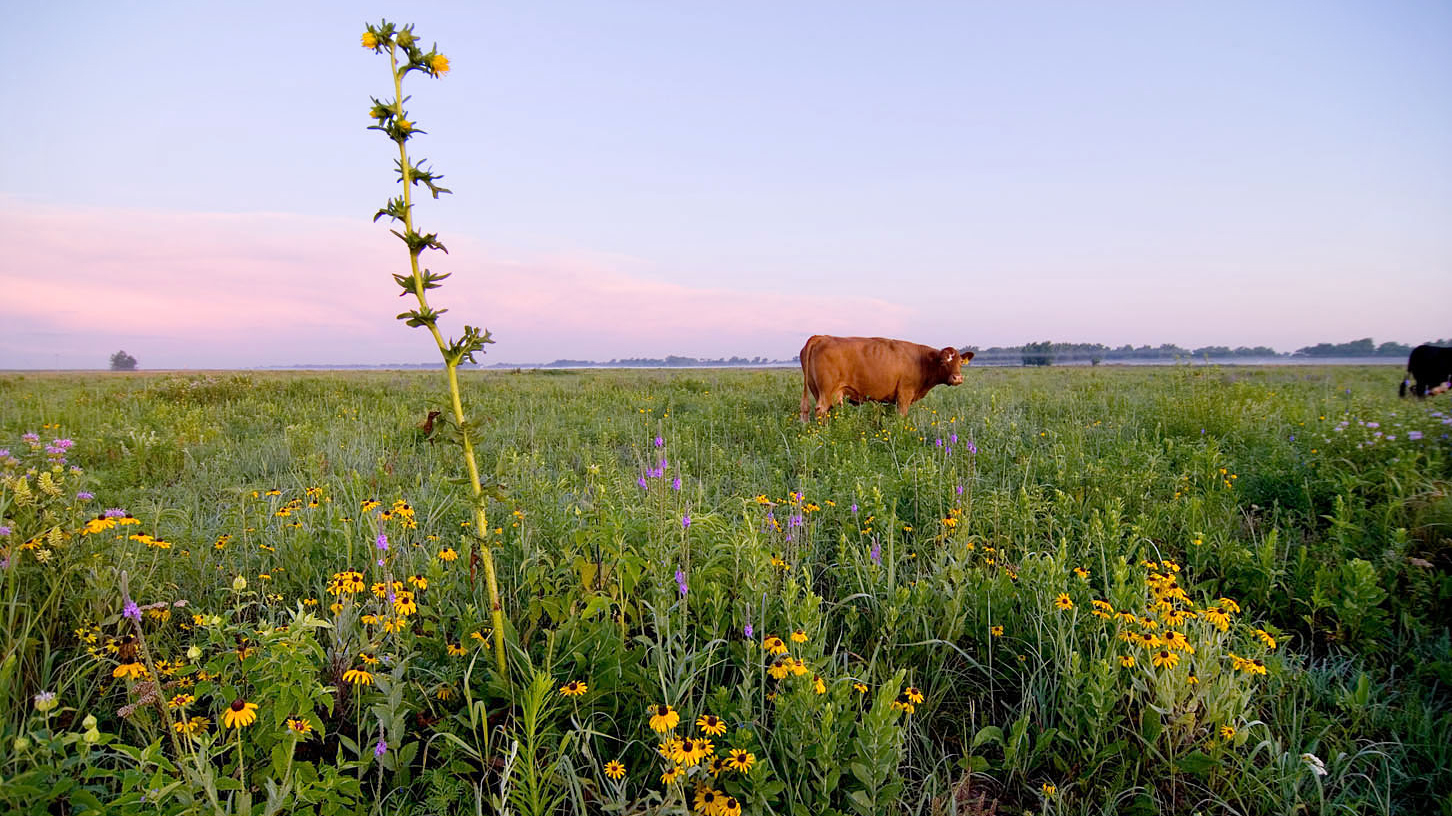
Farther east, where the public is less familiar with agricultural chemicals, some environmentalists are undone by herbicide use. But without herbicides the war to save native ecosystems can be lost. Consider the crested wheatgrass invading The Nature Conservancy’s Matador Ranch in Montana. The ranch protects some of the best remaining northern mixed-grass prairie. “Our bunch grasses are deep-rooted and pretty good at keeping out non-natives,” reports Brian Martin, the Conservancy’s state grasslands director. “But we have problems with crested wheatgrass. It outcompetes natives and is taller. Many herbicides aren’t selective, but they can be applied selectively. Next year we’ll test a roller to apply herbicide that will contact and kill the crested wheatgrass, but not the [lower] native plants.”
And this from Iowa prairie consultant Rich Patterson: “Herbicides are very helpful when you’re cutting exotic woody stuff. You just paint the stumps. Otherwise you’ve got these big root makers that come roaring back. Also, you can spray an established lawn with Roundup, then restore a prairie.”*
There’s a difference between prairie restoration and prairie recovery. With the former you start over with lawns, cow pastures, cornfields and the like. With the latter you work with prairie remnants.

“Native grasslands are highly resilient,” says Trey Davis, The Nature Conservancy’s director of stewardship in Wyoming. “They can sustain themselves under less-than-ideal management. That includes not just overgrazing but undergrazing and moderate grazing at the same time and duration every year. Once a grassland has been tilled, fragmented or developed, it can never be fully restored.”
So the Conservancy specializes in acquiring big prairie remnants. But even these big properties aren’t big enough. “We and other organizations can’t own and manage enough property to make enough of a difference,” says Davis. “We need to partner with private landowners who manage millions of acres.”
For example, the Matador Ranch manages 60,000 acres. But it devised a “grass bank” that improves an additional 300,000. Twenty ranchers get to fatten cattle on Matador grass at a discount, provided they implement prairie-healthy grazing plans on their own grasslands and agree not to convert them to crops. Grass-bank participants can raise more cattle because their home grass is healthier.

“A lot of grasslands we work on are in pretty good condition,” says Martin. “The reason we went there is that lots of rare species we’re interested in — grassland birds, for instance — were present in high numbers.”
The Matador gives an additional grazing discount to ranchers who don’t shoot or poison prairie dogs, a “keystone” species on which dozens of others depend. Now on ranch and grass bank there are enough prairie dogs to sustain their obligate predators, endangered black-footed ferrets; and Martin hopes to convince the feds to release some.
Where prairie landscapes have been destroyed by cultivation, restoration is often the only option; and the Conservancy is getting better at it. In Nebraska, for instance, it has restored 1,500 acres of former cropland on its Platte River Prairies.
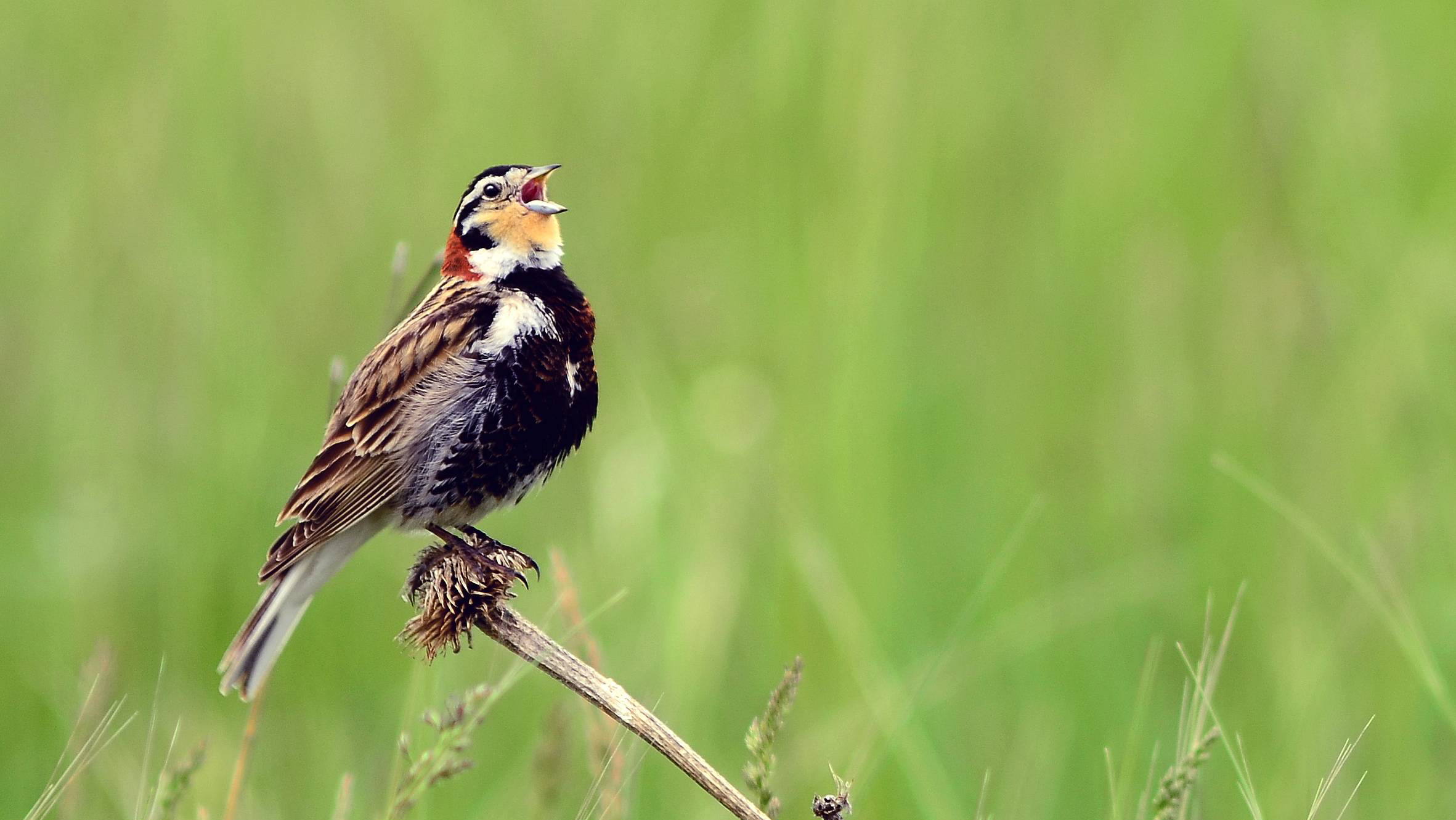
“We’ve been testing the idea that those restored prairies can help defragment the ecological landscape around them,” says Helzer. “We’re at the point where we can claim successes that we wouldn’t have claimed ten years ago. I’m pretty excited about it because we’ve learned how to make prairies larger and more connected. We can harvest seeds from a couple hundred species and get them to grow. We’ve looked at birds, bees, grasshoppers and small mammals, and we’ve got essentially the same species in restored prairies as on adjacent remnants.”
Where practical the Conservancy manages prairies with bison instead of cattle. Recently it has brought bison to preserves in Nebraska, Iowa, Illinois and Indiana. “We can get the same disturbance with cattle,” remarks Helzer. “But it’s really nice to use bison where we can. It says two things: One, that we’ve got grasslands on a scale that can support bison; and two, that we can help recover an iconic prairie species.”
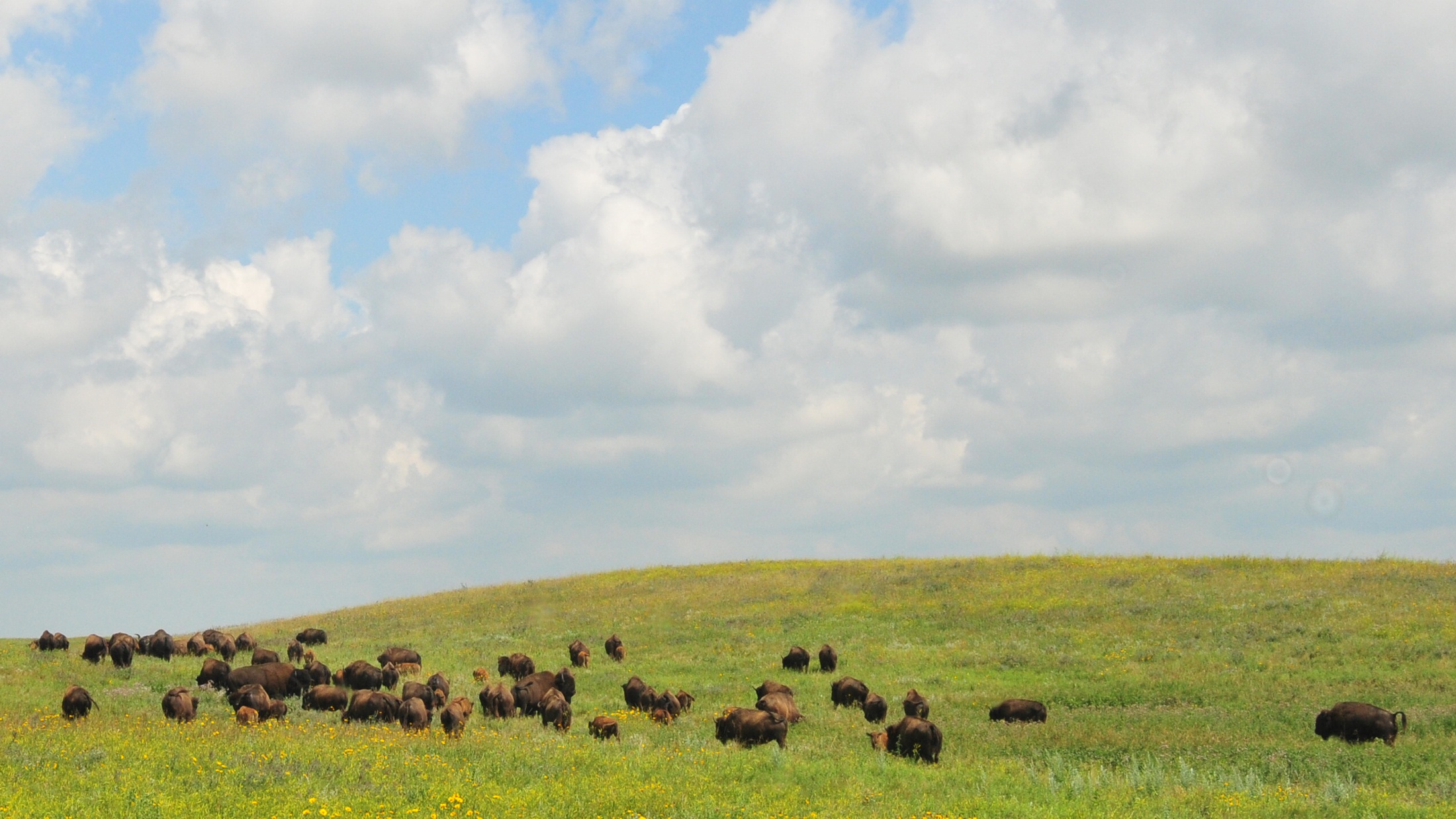
Prairies evolved with fire as well as grazers. On its Tallgrass Prairie Preserve in Oklahoma the Conservancy is using “patch-burn” prescribed fire in conjunction with 2,500 free-ranging bison. And it holds “patch-burn” workshops for ranchers who want to increase prairie health for wildlife and cattle.
Farther east, on small prairie restorations undertaken by local groups and individuals, fire permits and fire insurance are hard to get, and grazing is out of the question. These projects are too small and isolated to do much for vertebrate wildlife, but they’re important for creating prairie awareness. Much of this work is driven by public support for butterflies (especially monarchs) and bees. Pollinators need prairies and prairies need pollinators.
Insects are benefiting, and it’s great to save gasoline and get lawn chemicals out of watersheds. But the public tends to worry about the wrong bees — honey bees. They’re alien, domesticated, globally distributed. They’re not going extinct. We need to help the hundreds of imperiled native bee species that require big expanses of native wildflowers.
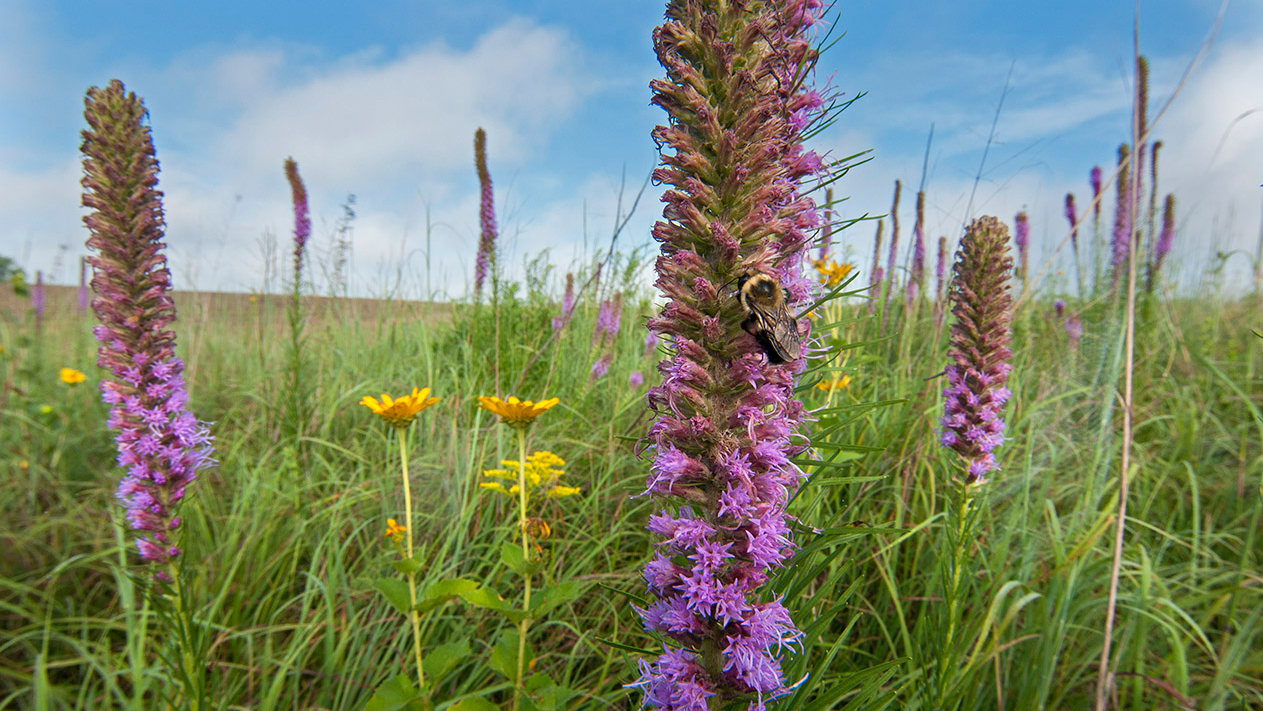
Encouraging as it is, this pollinator-plant craze has exhausted local seed supplies, so seeds are coming in from as far away as New Jersey. Some of the mixes are contaminated with aliens like palmer amaranth, a weed so doused with herbicides it has built resistance. Panicked Midwestern farmers are attacking it with flamethrowers.
Expansive tracts of prairie remain in the western high plains and Sandhills of Nebraska where The Nature Conservancy and partners are working at landscape-scale conservation. But with all the recovery and restoration it’s easy to forget we’re suffering net prairie loss, especially in the corn belt.
Thousands of acres of native grasslands have been converted to corn for federally mandated ethanol production. An insatiable market for American soybeans has opened in China. Federal crop-insurance payments, provided to farmers who can claim losses by tilling marginal land, encourage plowing of native prairie. The Conservation Reserve Program (CRP), which pays famers to remove environmentally sensitive land from production, has been capped at only 24 million acres. Low crop prices have created an unprecedented demand for CRP. But in South Dakota, with the cap almost maxed out, only two applicants were accepted during the last signup.

Delta Waterfowl’s John Devney looks on the bright side, noting that the unmet CRP demand has ignited “a political firestorm” inducing politicians, anti-environmentalists included, to demand a big CRP-cap increase in the 2018 Farm Bill.
As we lose prairies we gain appreciation for them and tools for their recovery and restoration. While I can’t shake the images of the muddy, bleeding carcasses of native grasslands I’ve slogged through on the Great Plains, I try to suppress them with brighter images.
None is more indelible than the view from a hill above Chase Lake as Neil Shook and I sat in fragrant, native grass, watching sharp-tailed grouse beat and glide, ducks wheel and dabble and horned larks and grasshopper sparrows buzz up from an endless expanse of prairie wildflowers.
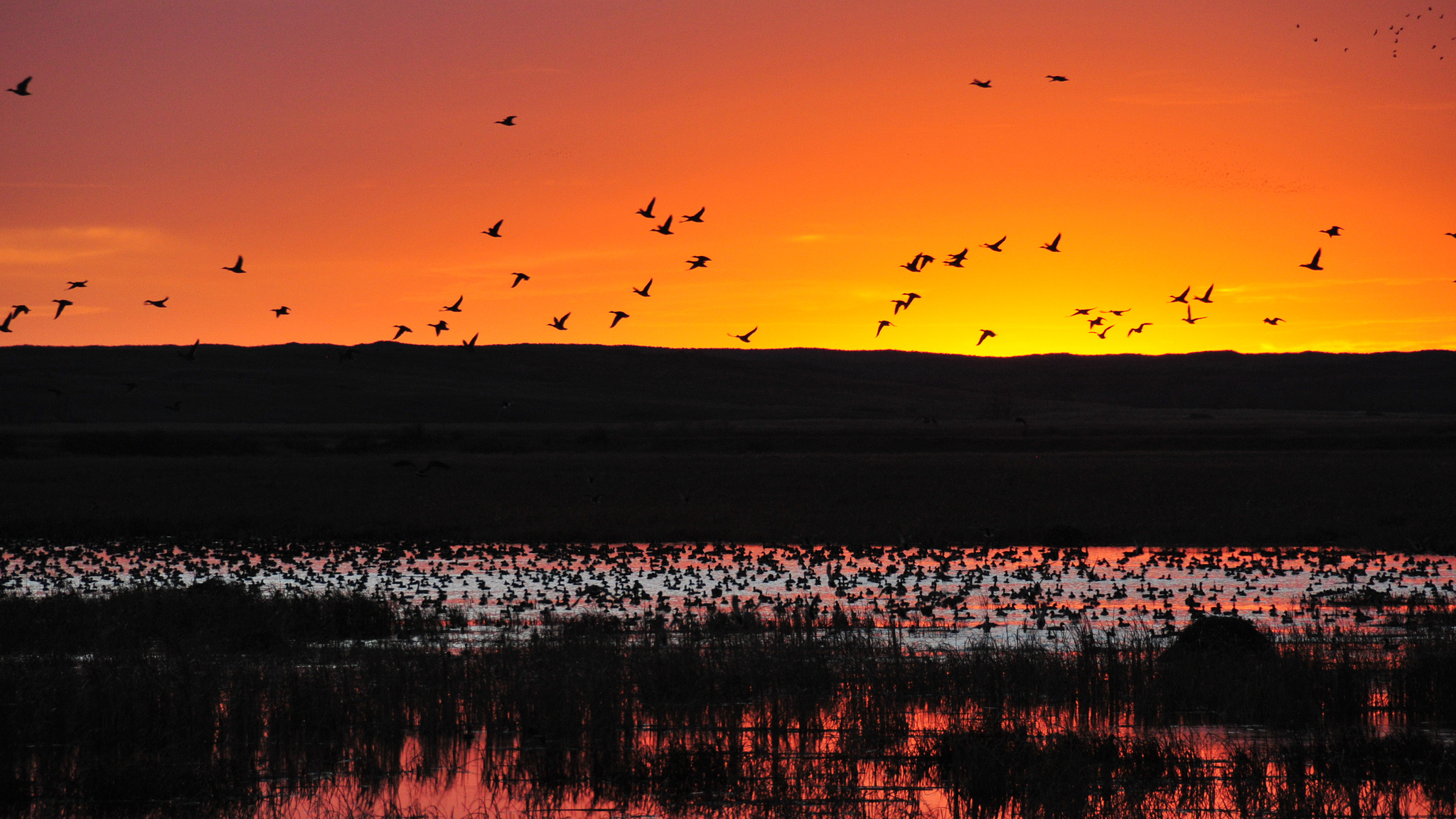
* Mention of a product name in no way implies endorsement or promotion of this product.
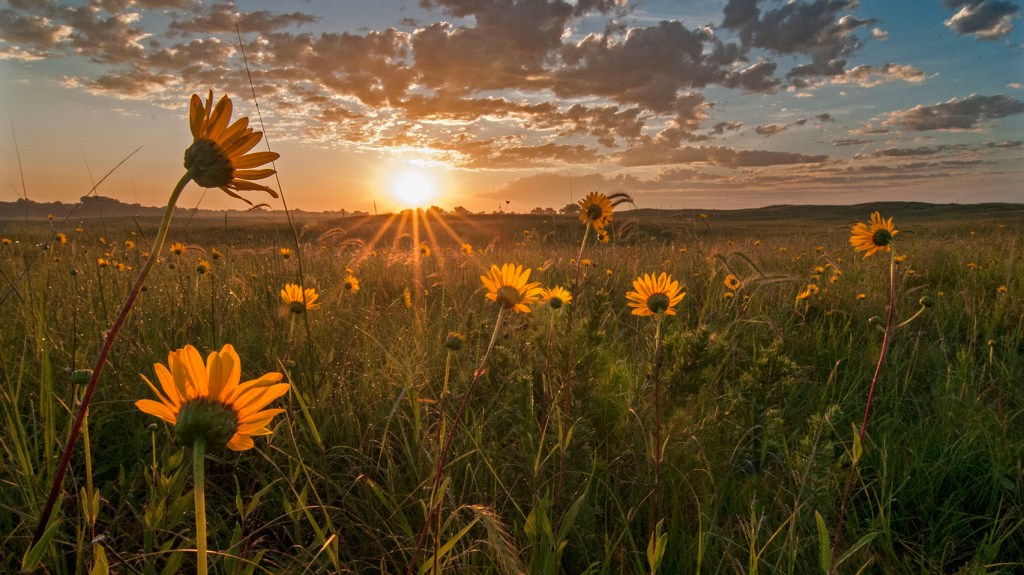



Who would not want to live on these beautiful praires! How I long to live there…they are my favorite kind of land, hands down. I come from a long line of farmers who lived and farmed those prairies for the past two centuries, and some still do. I wish I had a farm of my own. California land is too expensive to buy. I’m thinking of living in NE for a while after I retire. Probably won’t be able to buy land, but at least I will be living there and experiencing the seasons, et. al. California weather is too tame for me, ha!